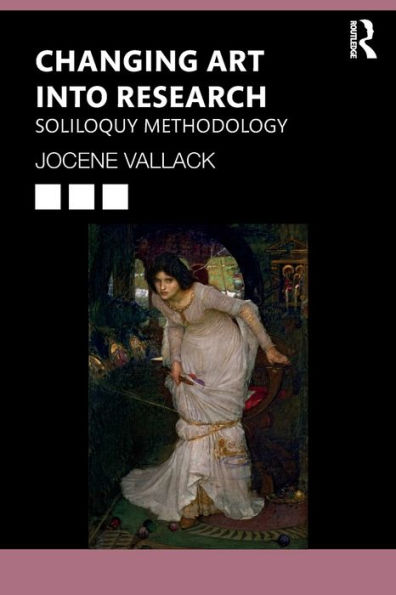5
1
9781138486782



Changing Art into Research: Soliloquy Methodology / Edition 1 available in Hardcover, Paperback, eBook

Changing Art into Research: Soliloquy Methodology / Edition 1
- ISBN-10:
- 1138486787
- ISBN-13:
- 9781138486782
- Pub. Date:
- 07/31/2020
- Publisher:
- Taylor & Francis
- ISBN-10:
- 1138486787
- ISBN-13:
- 9781138486782
- Pub. Date:
- 07/31/2020
- Publisher:
- Taylor & Francis

Changing Art into Research: Soliloquy Methodology / Edition 1
$54.95
Current price is , Original price is $54.95. You
54.95
In Stock

Product Details
| ISBN-13: | 9781138486782 |
|---|---|
| Publisher: | Taylor & Francis |
| Publication date: | 07/31/2020 |
| Pages: | 182 |
| Product dimensions: | 6.12(w) x 9.19(h) x (d) |
About the Author
From the B&N Reads Blog
